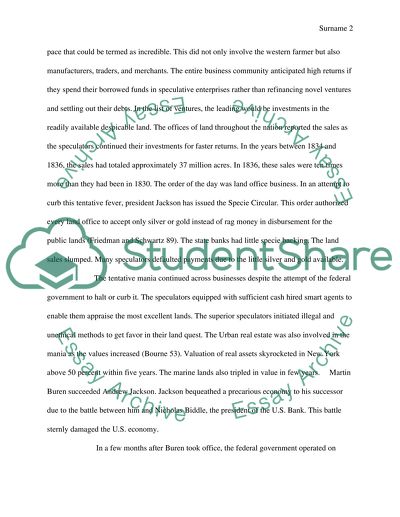Cite this document
(“Panic of 1837 History Essay Example | Topics and Well Written Essays - 1250 words”, n.d.)
Retrieved from https://studentshare.org/history/1448929-panic-of
Retrieved from https://studentshare.org/history/1448929-panic-of
(Panic of 1837 History Essay Example | Topics and Well Written Essays - 1250 Words)
https://studentshare.org/history/1448929-panic-of.
https://studentshare.org/history/1448929-panic-of.
“Panic of 1837 History Essay Example | Topics and Well Written Essays - 1250 Words”, n.d. https://studentshare.org/history/1448929-panic-of.


